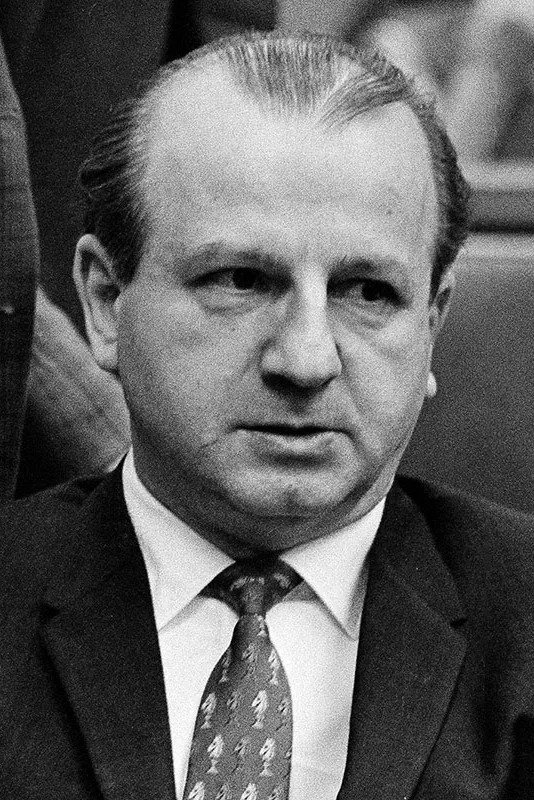
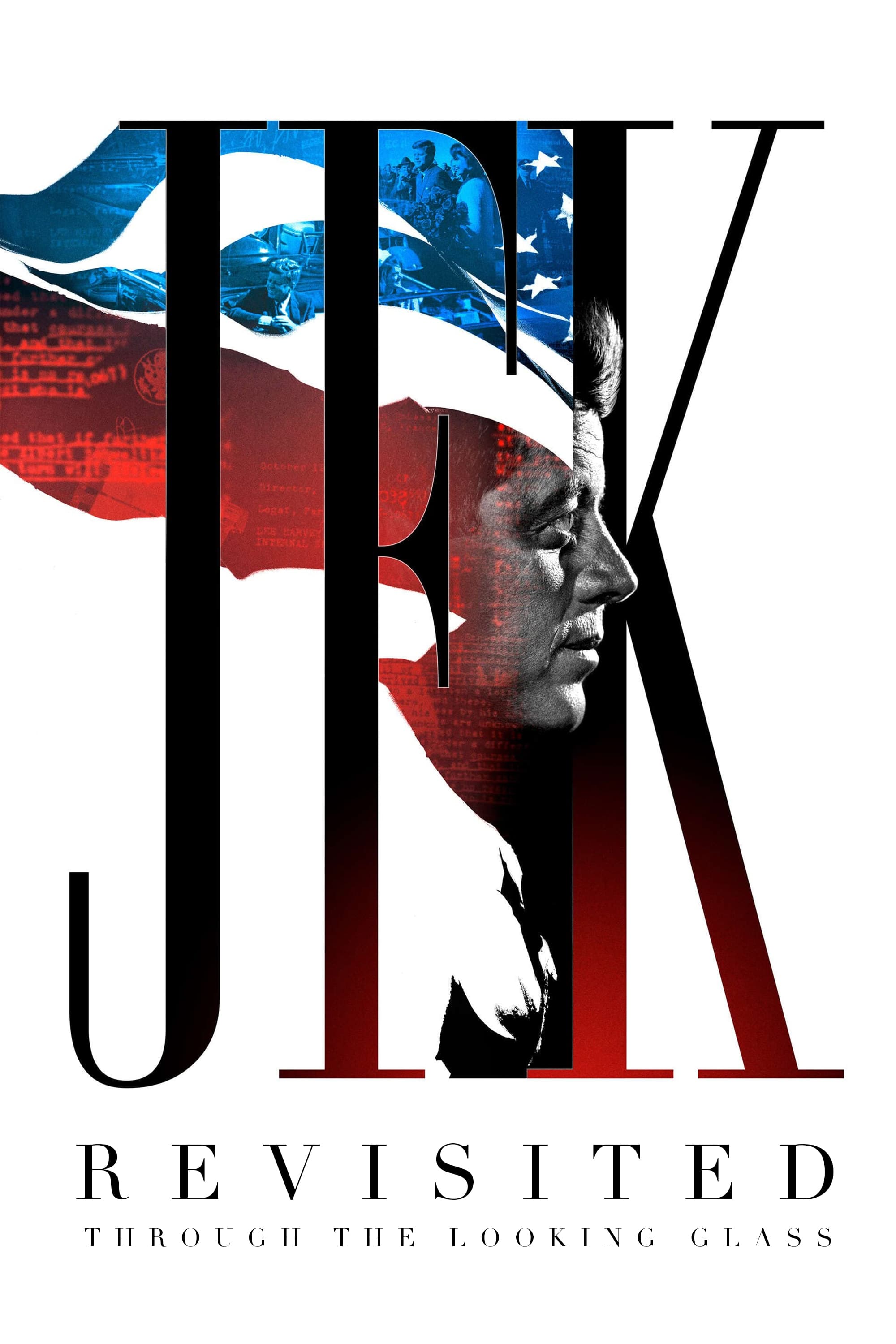
Thirty years after the release of his film JFK (1991), filmmaker Oliver Stone reviews recently declassified evidence related to the assassination of President John F. Kennedy, which took place in Dallas on November 22, 1963.

John F Kennedy was one of America's greatest presidents. He was the voice of the people who was a natural public speaker and a cool calm figure in front of the cameras. His influence helped push America through the most dangerous moments of the cold war, diffusing what could have been world nuclear destruction. But in November 1963, his life would come to a devastating end through the hands of an assassin. But who would kill one of the most popular presidents? Why was he a target? Join us as we investigate the life and career of JFK and ask the question...Who was really behind the killing of JFK?
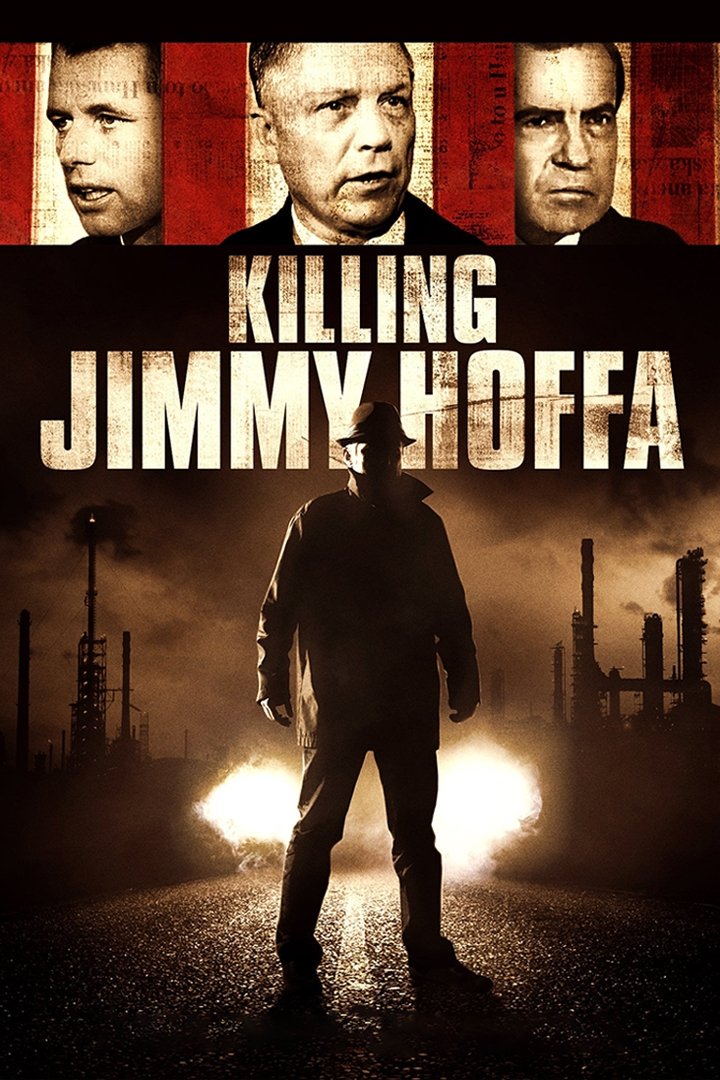
Jimmy Hoffa was one of the most powerful men in America. In 1974 he disappeared, never been seen again: one of the greatest mysteries of the 20th century.
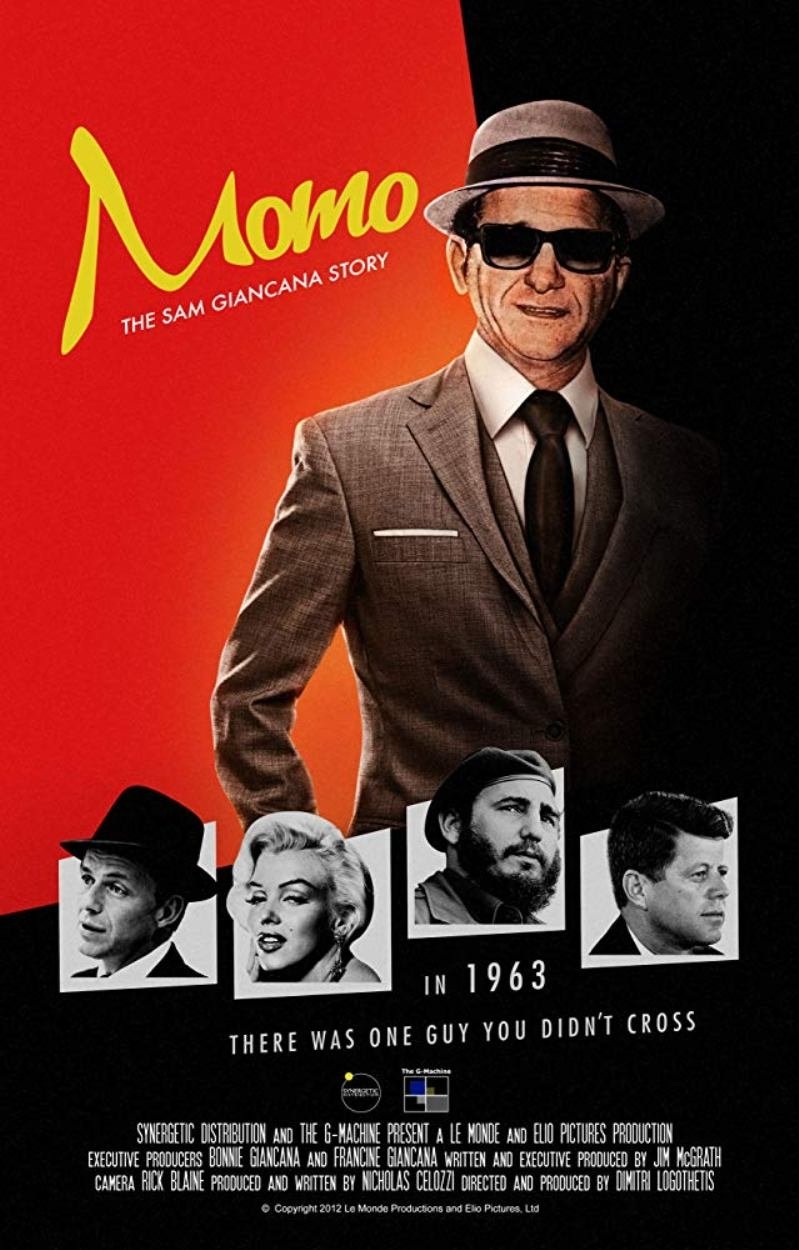
Giancana Family Unites to Make "Momo: The Sam Giancana" Story Daughters Speak Publically for First Time on Momo's involvement with the assassinations of Marilyn Monroe and JFK.

Based on the book by Gerald S. Blaine With Lisa McCubbin "The Kennedy Detail", this documentary interviews the men who served on President JFK's Secret Service Detail and their memories of the man, president, and perceptions of Camelot. Some of these men were there on the fateful day when life changed on the streets of Dallas, TX in Dealey Plaza on November 22nd, 1963.
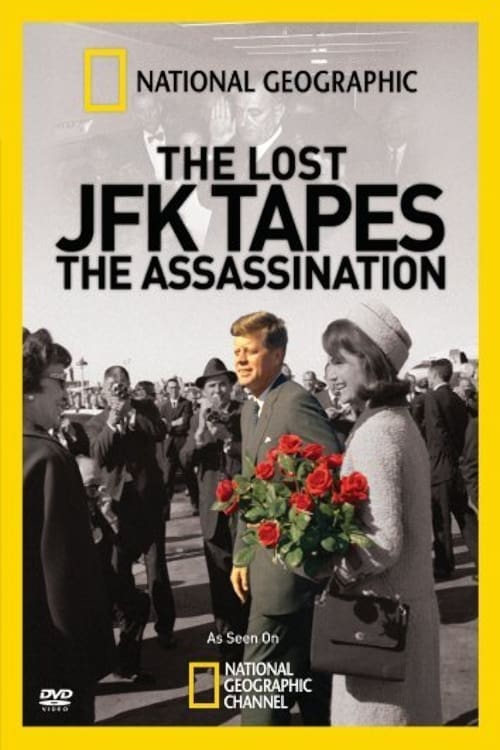
President John F. Kennedy's 1963 assassination in Dallas has sparked decades of questions and controversy. The "lost" JFK recordings made available for this documentary -- including local TV and radio reports -- shed new light on the tragedy. The rarely seen material has been organized to capture the drama as it unfolded, including the shocked reactions of Dallas citizens, many of whom were caught up directly in the sweep of events.

Did the Mafia order the killing of JFK? The compelling evidence includes a never before seen interview with an FBI informant who shared a prison cell with a Mafia kingpin.
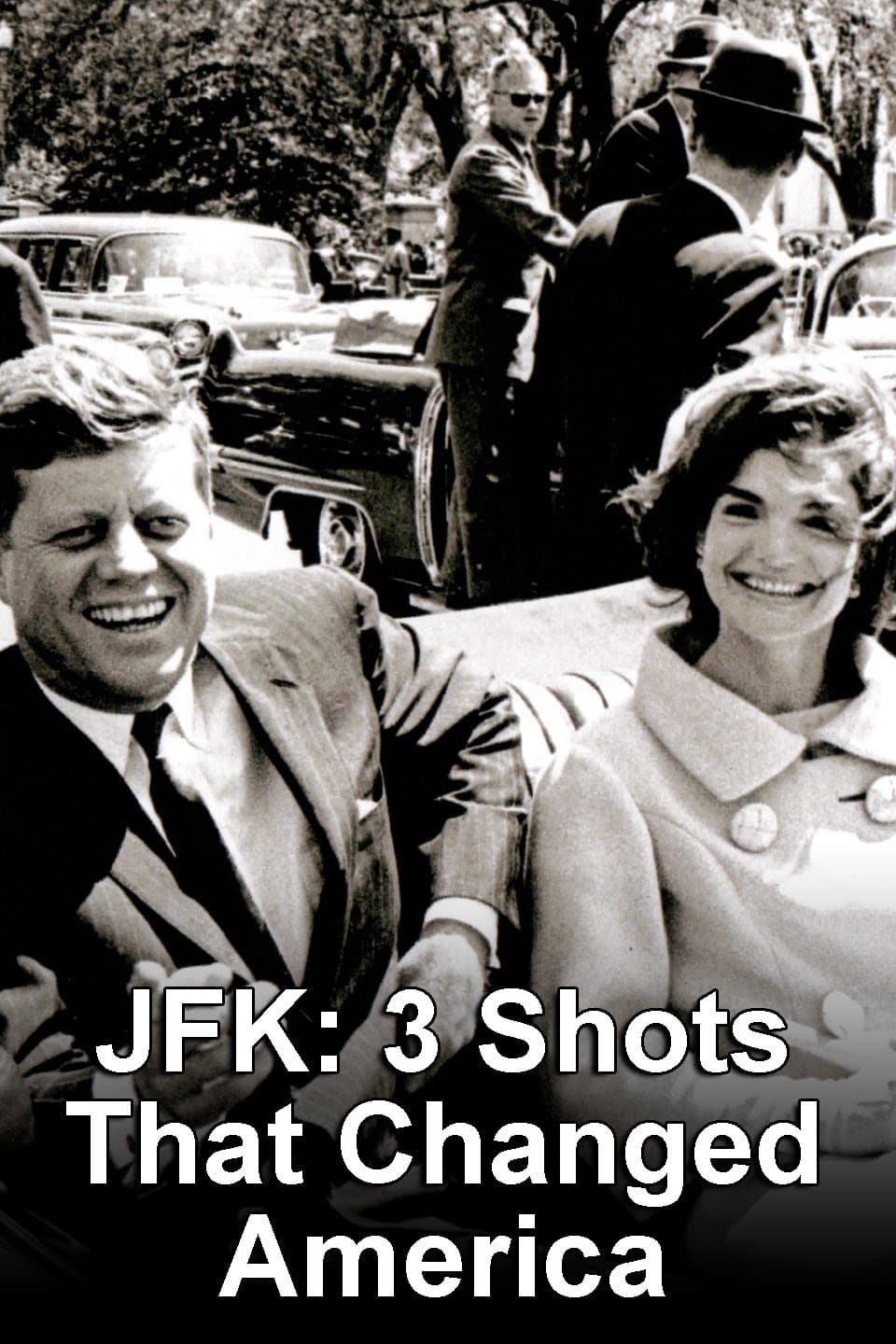
The film is an unnarrated collection of archived news and home movie footage shot as events unfolded, some of it rarely seen. Part one deals with the time from President Kennedy's arrival in Dallas on November 22, 1963 through the murder of Lee Harvey Oswald less than 48 hours later. Part two deals with the Warren Commission, its critics and those who suspect a conspiracy, the assassinations of Martin Luther King, Jr. and Robert F. Kennedy in 1968 and the turmoil that followed, and the continuing doubt about the assassinations and the effects this has had on American society.

In the early 1960s, teenager Adam Stafford (Cameron Bright) becomes obsessed with his new neighbor, Catherine Caswell (Gretchen Mol), a divorcée and free spirit. Stafford spies on Caswell as she meets with strange men, and, despite the warnings of his conservative parents, he begins working for her as a gardener. Amid rumors of her affair with President Kennedy, the two become close, but political intrigue surrounding her acquaintances soon infringes on their friendship.

The world is still reeling from the assassination of JFK - but has yet to lose his kid brother Bobby. In the midst of all this, a reluctant hero by the name of Lucien Rivard becomes enmeshed in a web of global political intrigue and corruption.
Jack Leon Ruby (born Jacob Leon Rubenstein; April 25, 1911 – January 3, 1967) was an American nightclub owner and alleged associate of the Chicago Outfit who murdered Lee Harvey Oswald on November 24, 1963, two days after Oswald was accused of the assassination of President John F. Kennedy. A Dallas jury found Ruby guilty of murdering Oswald and sentenced him to death. Ruby's conviction was later appealed, and he was to be granted a new trial; however, he became ill in prison and died of a pulmonary embolism from lung cancer on January 3, 1967.
By browsing this website, you accept our cookies policy.